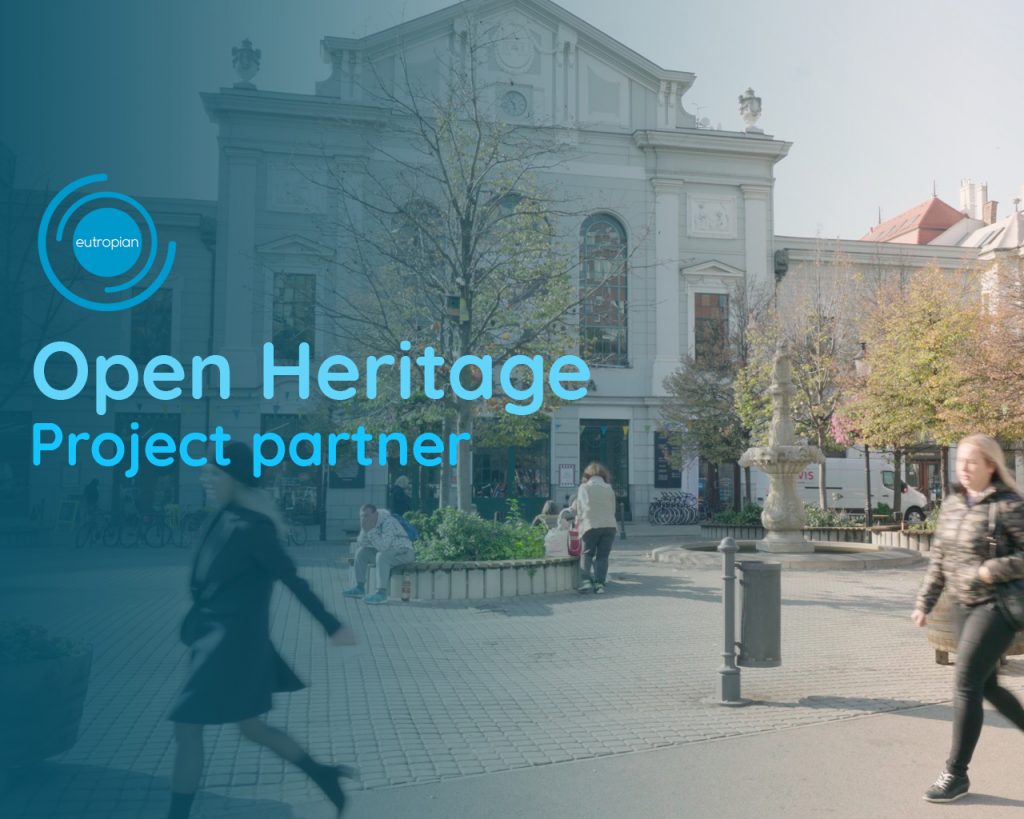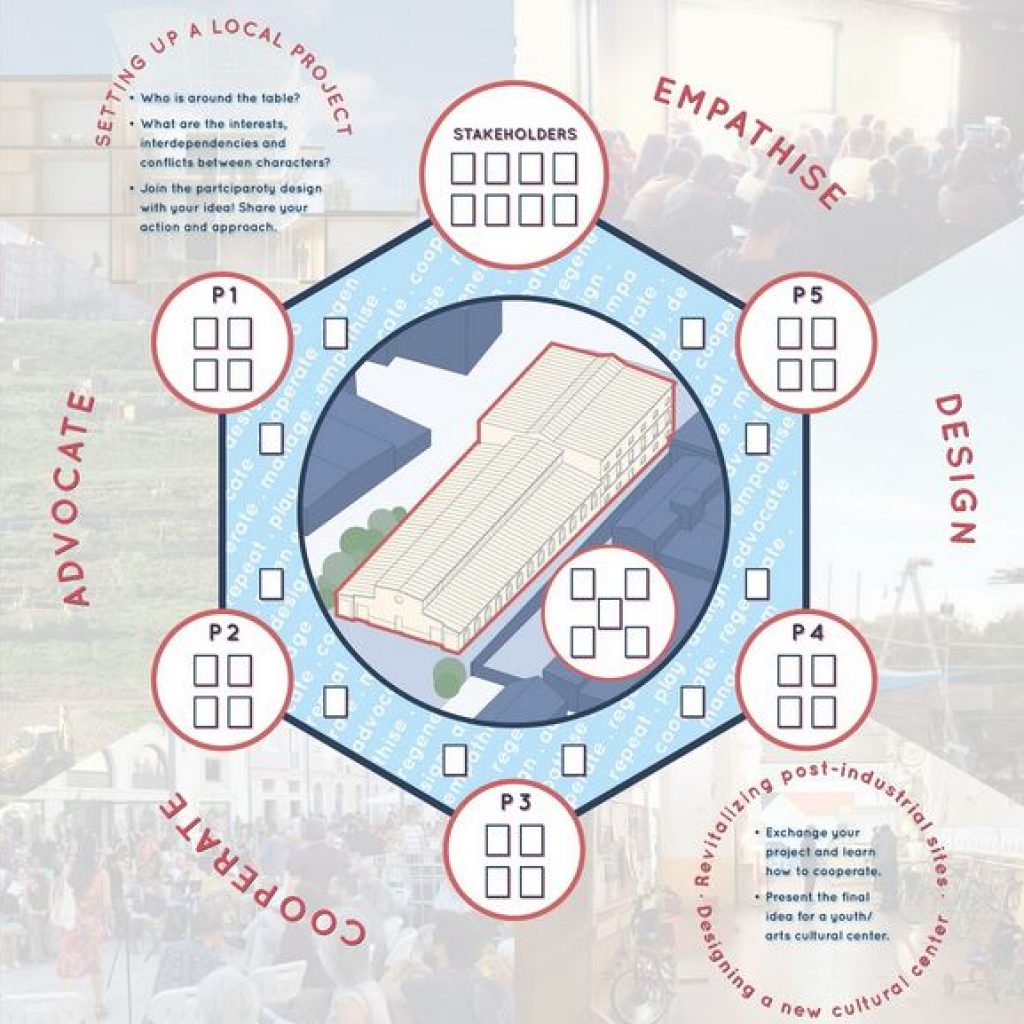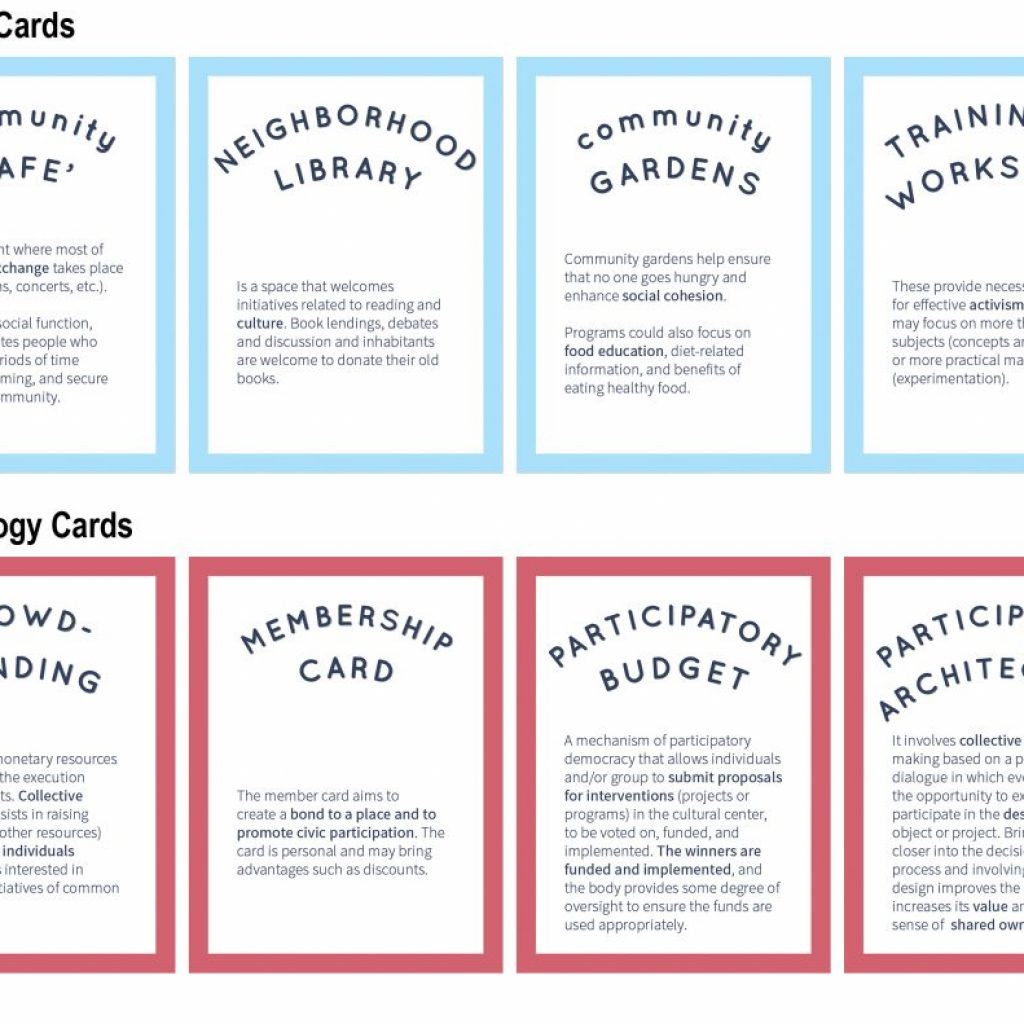Subscribe to our joint NEWSLETTER for
EUTROPIAN &
COOPERATIVE CITY MAGAZINE

Developed and carried out by Eutropian and Platoniq, the Open Heritage Training Programme was created with the aim to address urban professionals involved in issues related to heritage protection and adaptive reuse. Abandoned or underused sites pose a significant challenge to both the public and private sectors but also represent major opportunities. This is why we have developed training to help those interested in repurposing empty or underused buildings with symbolic or practical heritage significance.
Developed as part of the Open Heritage project and funded through the Horizon 2020 grant scheme of the EU, the OH Training builds on the expansive knowledge base of the project, generated since its launch in 2018, notably, capitalizing on the 16 Observatory Case studies that were developed in detail at earlier stages of the project.
The Observatory Cases look at how various (e.g. financial, governance, territorial) aspects of cultural heritage reuse come together to form successful initiatives in various European local contexts.
The Open Heritage Training on Adaptive Heritage Reuse was created first, in an online classroom setting hosted on Zoom and utilizing MIRO interactive boards. The training sessions were held on a bi-weekly basis, with the following five modules: (1) Heritage, (2) Governance, (3) Financial and Territorial Impacts of aspects of adoptive heritage reuse. The final module brought (5) Integrate the above presented aspects into one comprehensive model. As a follow up to the online training modules.

Module 5 of the training attempted to synthesize and conclude all four prior topical modules, offering an approach which integrated all of the above aspects of adaptive heritage rescue. Individual dimensions covered in details throughout the training are important to understand the building blocks of such projects, but one must consider all aspects together when setting off on the pursuit of giving an unused or underused building (with heritage significance) a completely new purpose and use.
The aim of this module was to give an overview of the four aforementioned dimensions of adaptive reuse from a practical perspective. Observatory Case studies were briefly revisited where participants themselves had the chance to decide on the lessons learned from them.
Finally, to put all of what participants of the training programme had learned throughout the course of the 5 modules, we played a simulation game with them, which was developed by Eutropian, specifically for the purpose of better understanding different dimensions and perspectives of adaptive heritage reuse projects. In this customized virtual board game within which participants take on the role of local stakeholders. The objective of the game was to transform a fictitious empty factory building into a community space through stakeholders’ participation.


Utilizing a MIRO board to facilitate the game board itself and give participants easy access to the interface of the game, we went through various phases of an adaptive heritage reuse project translated to different steps of the game. Participants were called to: (1) vocalize their chosen stakeholder card representing a different kind of character involved in the heritage reuse project; (2) design their personal project for the urban void by playing only two of the four cards they have been provided with, one functional and one methodological card for referring to their chosen project; (3) co-design a hypothetical solution through a common discussion of all the cards previously selected – as a result, only five cards were selected to reach the main objective; (4) share the final co-designed project in front of other players and/or a broader audience to evaluate its coherence and effectiveness.
The game concluded the training program where it became apparent that participants who have followed all prior sessions (most participants could not participate in all, but merely a number of modules), but also those who joined for one or two modules, got a very good understanding of what adaptive heritage reuse projects are about and what considerations should an activist or urban practitioner keep in mind when going down the road of planning and realizing such an ambitious, yet hugely beneficial, pursuit. We hope that participants of the training were inspired to think in practical terms and one day be active participants in adaptive heritage reuse projects in their own communities or elsewhere.
| Cookie | Duration | Description |
|---|---|---|
| cookielawinfo-checkbox-analytics | 11 months | This cookie is set by GDPR Cookie Consent plugin. The cookie is used to store the user consent for the cookies in the category "Analytics". |
| cookielawinfo-checkbox-functional | 11 months | The cookie is set by GDPR cookie consent to record the user consent for the cookies in the category "Functional". |
| cookielawinfo-checkbox-necessary | 11 months | This cookie is set by GDPR Cookie Consent plugin. The cookies is used to store the user consent for the cookies in the category "Necessary". |
| cookielawinfo-checkbox-others | 11 months | This cookie is set by GDPR Cookie Consent plugin. The cookie is used to store the user consent for the cookies in the category "Other. |
| cookielawinfo-checkbox-performance | 11 months | This cookie is set by GDPR Cookie Consent plugin. The cookie is used to store the user consent for the cookies in the category "Performance". |
| viewed_cookie_policy | 11 months | The cookie is set by the GDPR Cookie Consent plugin and is used to store whether or not user has consented to the use of cookies. It does not store any personal data. |
